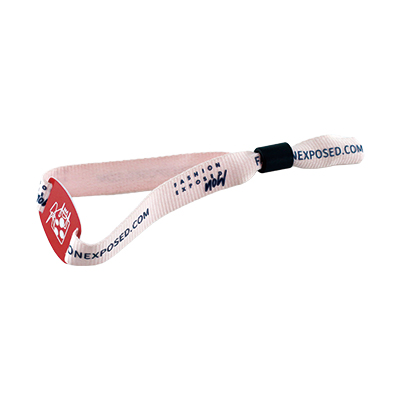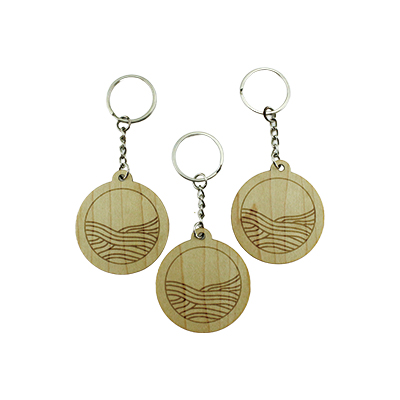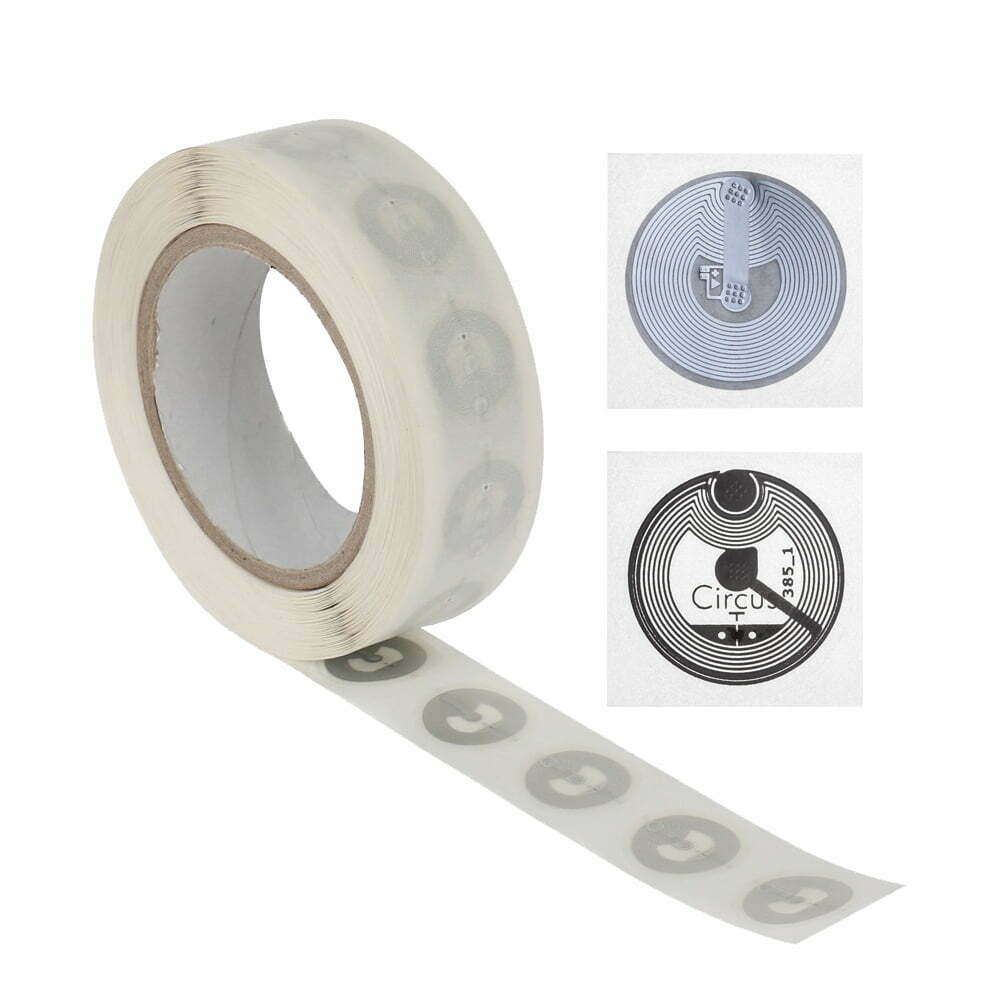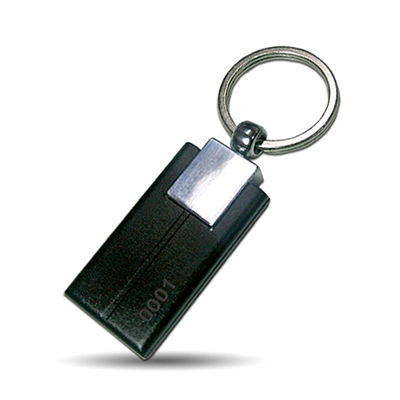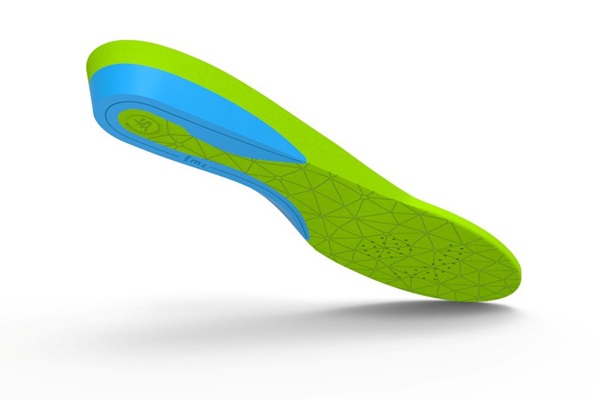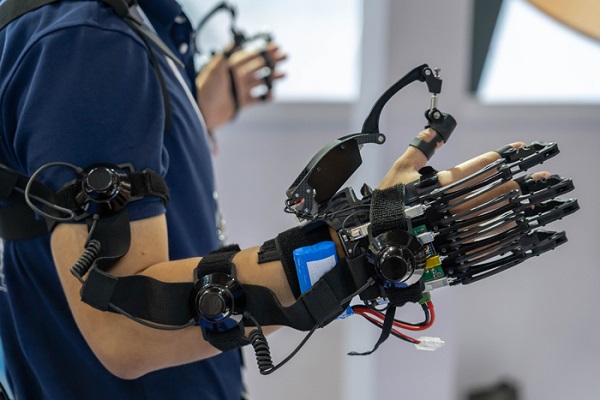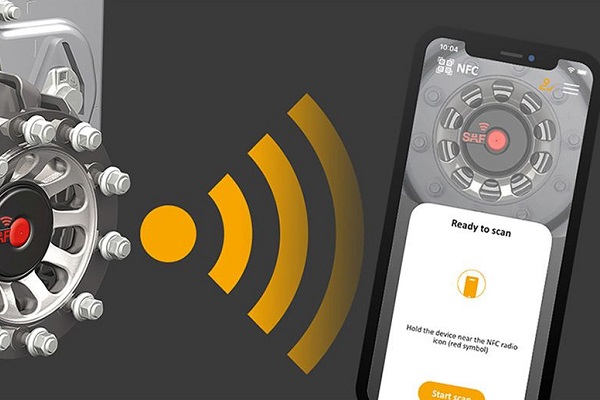NFC technology aids in library management and borrowing
NFC is a short-range, high-frequency wireless communication technology that allows devices to exchange data contactless in close proximity. In the library scenario, its applications are widespread and significant.
 When it comes to cataloguing books, NFC technology has dramatically improved productivity.
When it comes to cataloguing books, NFC technology has dramatically improved productivity.
Traditional cataloguing requires manual entry or code scanning, which is cumbersome and error-prone. With NFC technology, staff members attach NFC tags containing the book’s details, such as the title, author, publisher, location of the collection, and more, to each book. With NFC read/write devices, information can be entered and updated quickly and accurately, dramatically reducing cataloguing time and human error.
The book borrowing process is made easier by NFC technology.
After selecting a book, readers only need to place the book at the borrowing terminal equipped with an NFC reader, and at the same time swipe the NFC-enabled library card, and the system will instantly complete the borrowing registration, recording the borrower’s information, borrowing time and return date. This process eliminates the need to scan the code one by one, which greatly saves readers’ time and improves the borrowing experience.
 Book returns are also simplified by NFC technology.
Book returns are also simplified by NFC technology.
When returning a book, the reader places the book in the NFC sensor area of the return area, and the system automatically recognises and completes the return operation, and checks whether the book is returned on time and whether there is any damage. If there is any abnormality, prompt the staff to deal with it in time.
In terms of inventory management, NFC technology enables real-time counting.
Staff hold NFC inventory devices to shuttle between bookshelves, quickly read book NFC tag information, and grasp the location and quantity of books in real time. This helps to detect problems such as misplaced shelves and lost books in a timely manner, and improves the efficiency of library management. As technology continues to evolve, NFC will play a greater role in the library space.
NFC, or Near Field Communication, is a technology that enables wireless data exchange between devices over short distances, typically no more than 10 centimetres. In art exhibitions, NFC chips are cleverly embedded in artwork tags, exhibition guides, interactive installations, and even every corner of the exhibition space, becoming a bridge connecting the audience and art.



